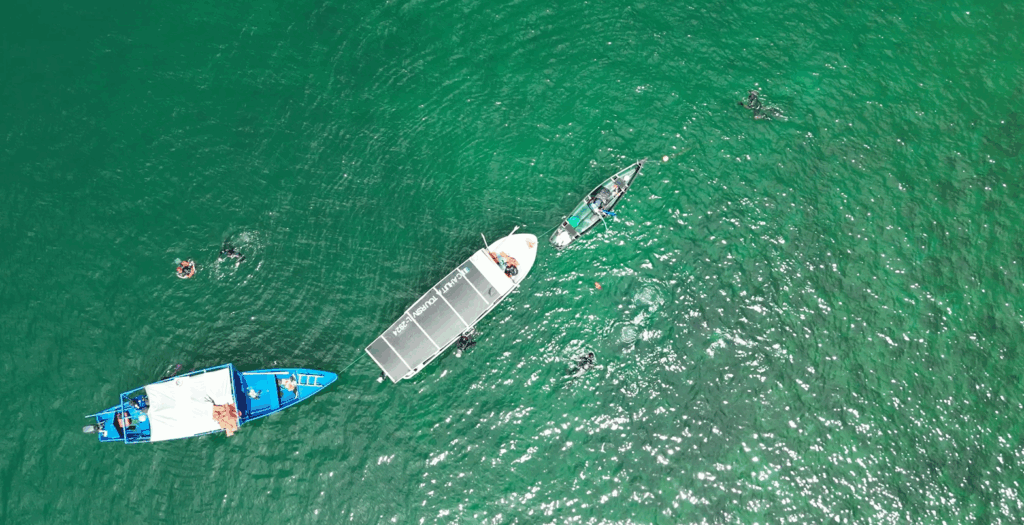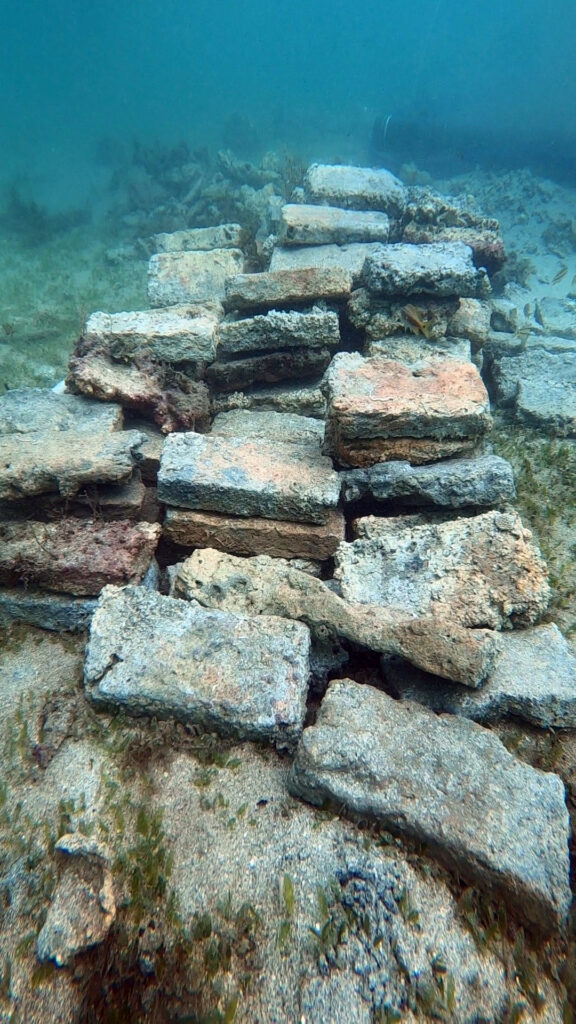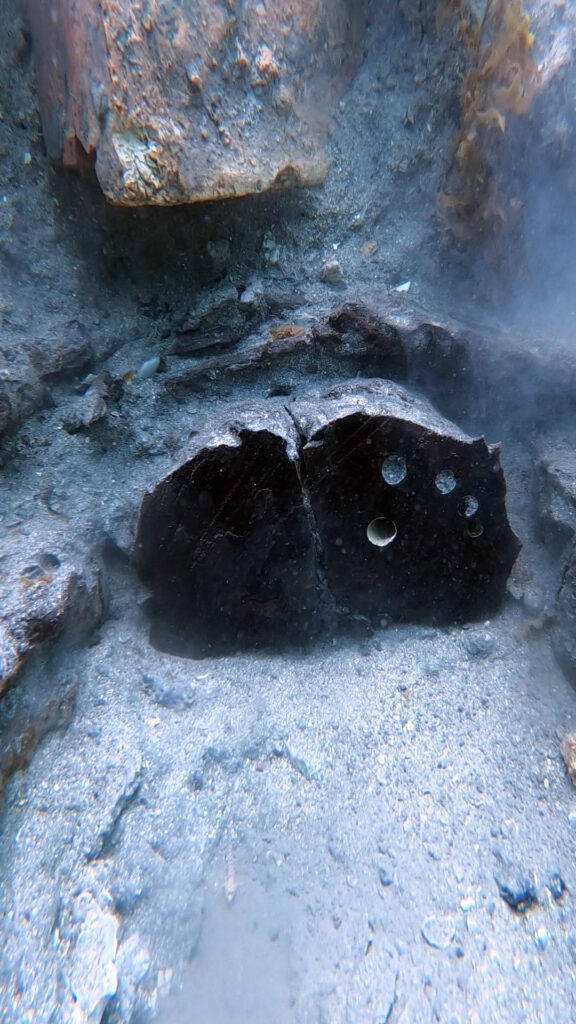Shipwrecks in Costa Rica: they weren’t pirate ships, but Danish slave ships

For a long time, the remains of two shipwrecks off Costa Rica’s Caribbean coast were believed to be remnants of pirate ships. However, a recent international archaeological investigation has revealed that they are, in fact, two Danish slave ships lost in 1710: the Fridericus Quartus and the Christianus Quintus.
This discovery marks a turning point in the maritime history of both Costa Rica and Denmark, while also rewriting part of the African diasporic story in the region.
The Discovery
In 2023, marine archaeologists from the National Museum of Denmark and the Viking Ship Museum carried out underwater excavations off the coast of Cahuita National Park. Researchers from the National Museum and the University of Southern Denmark later analyzed fragments of wood, bricks, and clay pipes recovered from the site.
One of the most striking finds was a set of yellow bricks, characteristic of the German city of Flensburg in the 18th and 19th centuries, manufactured exclusively for use in Denmark and its colonies. Along with dendrochronological dating of oak wood—originating from the western Baltic Sea and felled between 1690 and 1695—these bricks helped conclusively confirm the Danish origin of the vessels.
The clay pipes also matched styles used in Denmark just before 1710. Additionally, some of the recovered wood was charred and covered in soot, consistent with historical records that describe the Fridericus Quartus as having caught fire.



Shipwrecks: Rebellion, Mutiny, and Tragedy
Historical Danish records describe a journey filled with hardship—from Copenhagen to West Africa, then toward the Americas. During the voyage from Ghana to the Danish colony of St. Thomas, a rebellion broke out aboard the Fridericus Quartus among the enslaved people. The situation worsened with the outbreak of war between France and England, prompting the Dutch to dispatch the ship accompanied by the Christianus Quintus.
Navigational errors and confusion over signal lights, compounded by heavy smog, led both ships off course. Instead of heading north—possibly toward Barbados—they arrived off the coast of what is now Cahuita, Costa Rica, on March 2, 1710.
Fearing attacks from pirates and Indigenous groups, the crews debated for two days whether to approach land. This tension led to a mutiny among sailors and enslaved people. Ultimately, about 650 survivors out of the 800 passengers were abandoned on the beach.
Historical and Cultural Impact
Archaeologist Andreas Kallmeyer Bloch, who co-led the excavation, described it as “the craziest archaeological dig” he has ever participated in. He emphasized its significance not only for Danish history but also for the local community in Cahuita.
The discovery fills two critical gaps in Denmark’s maritime past and, more importantly, affirms the local community’s heritage.
According to Costa Rican historian Abelino Toro, this breakthrough rewrites Afro-Costa Rican history. It proves that people of African descent were in Limón province at least a century before official records mention them. The discovery is the result of over ten years of work. A group of young local divers—many of African and Indigenous heritage—led this community-based research with remarkable dedication.
One of the most moving stories is that of Celia Ortíz from Cartago, whose 103-year-old mother is a descendant of Miguel Maroto, one of the enslaved survivors who reached shore.
Rebuilding Memory
The shipwreck project was so impactful that it was featured in the 2020 documentary series Enslaved, presented by actor Samuel L. Jackson. Through testimony, recovered objects, and historical records, this investigation has not only identified two long-lost ships—it has also recovered a collective memory submerged for more than 300 years.
Sensorial Sunsets
Navigate articles





